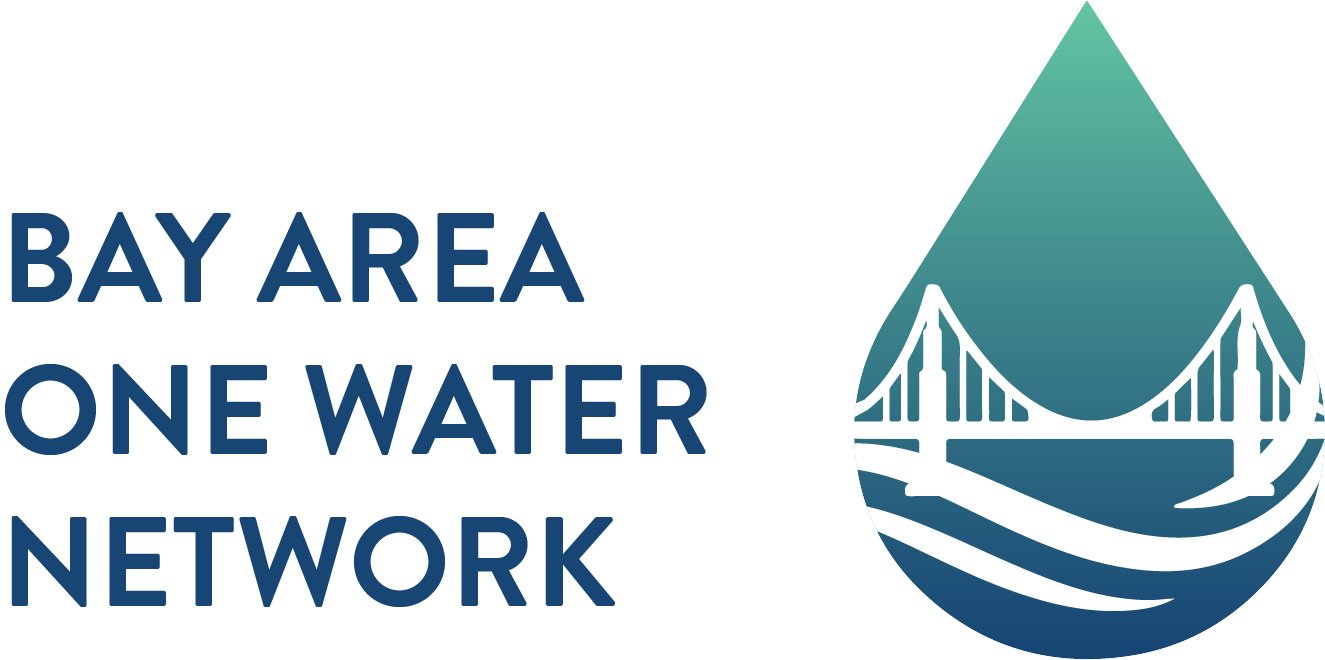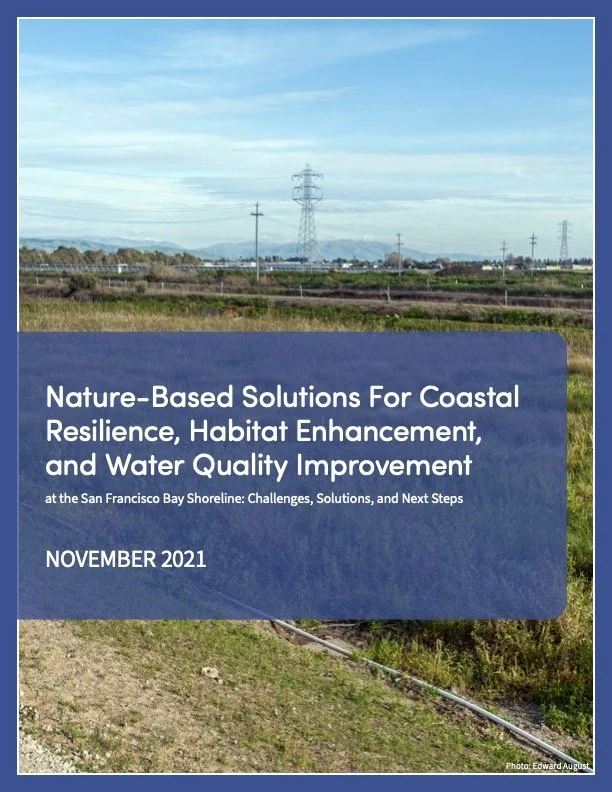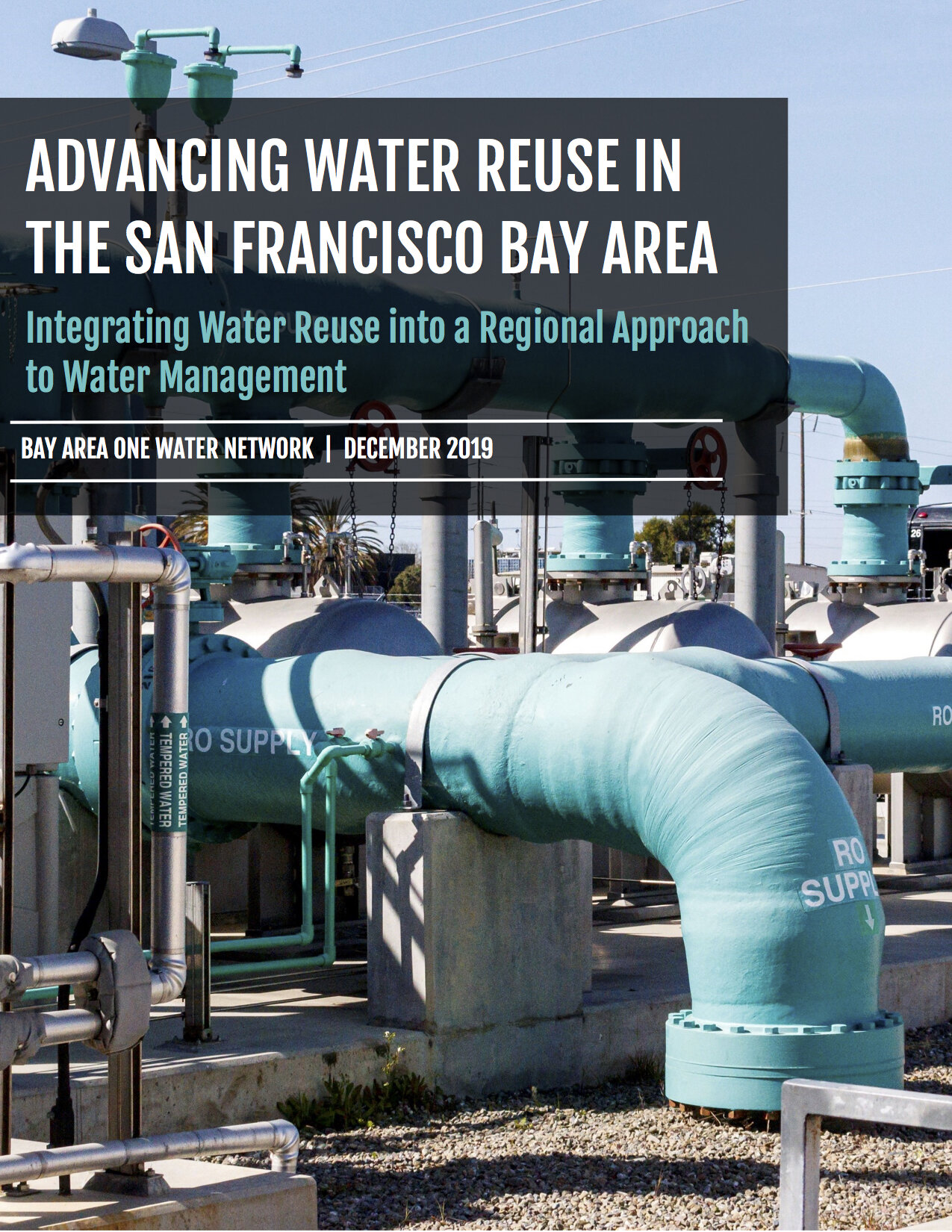Advanced water treatment is the application of reverse osmosis and other technologies to enable use of unconventional water sources. By harnessing these technologies to unlock these additional water sources, the Bay Area has the potential to advance security in its water supply, reduce its reliance on imported water, and better manage its water resources in the face of a changing climate. To fully integrate advanced water treatment into the region’s water portfolio, it is vital to address planning, regulatory, community engagement, and partnership challenges.
New solutions are urgently needed to ensure a sustainable water supply future for the San Francisco Bay Area, and water conservation ranks among the most effective strategies. Through conservation, communities can reduce drought impacts and accommodate growth with lower cost, energy, and environmental impact than it would take to develop new supplies. Conservation must be implemented thoughtfully, however, to avoid unintended consequences to affordability, quality of life, wastewater operations, and recycled water supply.
The successful implementation of Nature-based Solutions (NbS) along the San Francisco Bay shoreline offers a pathway to sustainable coastal resilience that is equitable, economical, and long-lasting. However, this pathway is not easily paved without careful planning and collaboration. Over the course of a three-day workshop hosted by the San Francisco Estuary Partnership (SFEP) and Bay Area One Water Network, participants shared insights on the cross-sectoral challenges facing stakeholders impacted by NbS, goals and drivers behind NbS for shoreline resilience in the Bay Area, and opportunities for working together to create shared solutions that lead to the implementation, funding, and regulation of NbS.
Emerging from this workshop were a set of both expected and innovative ideas for how to proceed, as well as lessons learned that can help guide work in this field for years to come. The throughline of these ideas rang clear: there is no one-size-fits-all approach to designing, planning, or implementing NbS. These varied infrastructural assets (such as horizontal levees, floating wetlands, oyster reefs, etc.) are place-based, nuanced, and have tangible impacts on all stakeholders. Their planning and implementation should be guided by several key goals: be cost-effective, adaptable, achievable, provide long-term value, steward the natural environment, and serve the surrounding communities.








